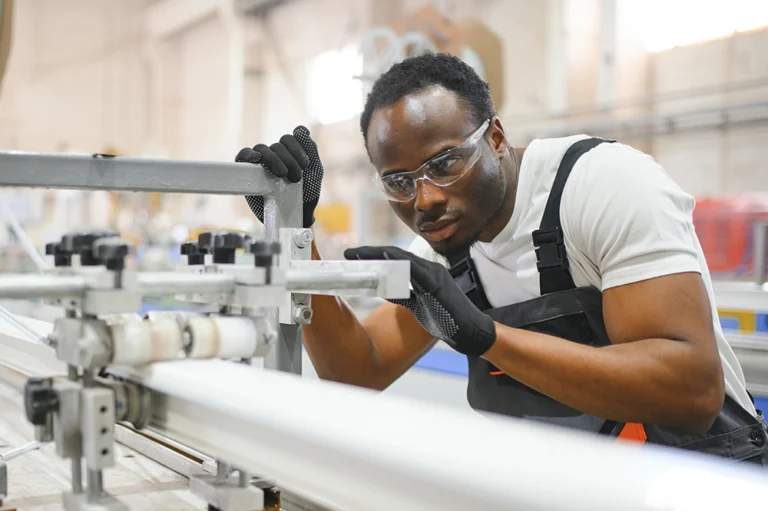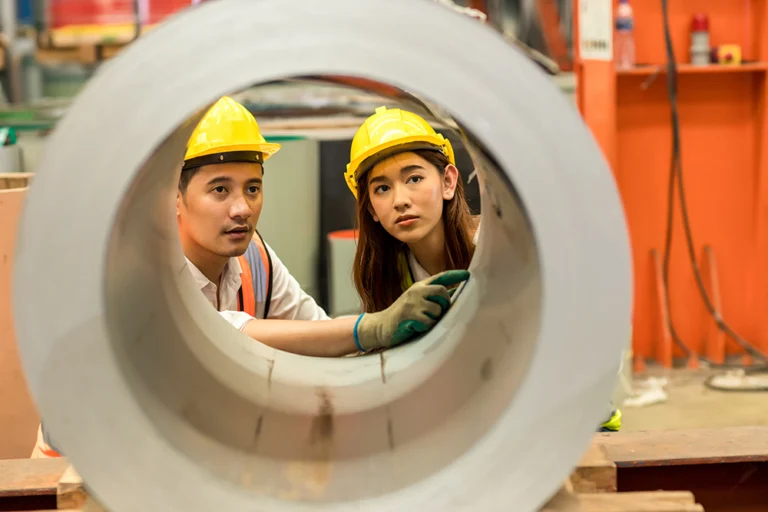When people hear “automated visual inspection,” they often picture a lights out factory where cameras catch every defect without human involvement. The reality is more nuanced. Inspection exists on a spectrum, from manual checks to semi automated setups, hybrid human in the loop models, and the ambitious goal of fully automated quality inspection.
In our webinar, we explored why each stage matters and where manufacturers often get stuck. Here is a closer look.
Manual Inspection
This is the traditional starting point: skilled inspectors examining products by eye. The advantage is adaptability — people can make judgment calls based on context. But consistency is hard to maintain. Fatigue, shift changes, and subjective thresholds mean results vary widely.
Semi Automated Inspection
Cameras and lighting enter the process, but decisions still rest with people. These systems highlight potential defects and leave it to inspectors to decide. This helps, but it also overwhelms teams with false positives. Instead of freeing up capacity, the technology can end up slowing lines down.
Human in the Loop Systems
This is where the balance begins. AI models handle routine defect detection while humans stay involved for oversight, decision making, and feedback. Over time, the system learns from operator input, improving accuracy and reducing rework.
This is where Spectron sits. Spectron is designed as a human in the loop platform — giving manufacturers the confidence of AI powered inspection with the flexibility to decide how much autonomy they want. Some teams keep operators closely involved. Others dial up automation, letting the system handle more on its own. The key is adaptability and customization to match each manufacturer’s comfort level and process needs.
By anchoring inspection in this hybrid space, Spectron avoids the rigidity of conventional automation and the inconsistency of purely manual methods.
Fully Automated Quality Inspection
The far end of the spectrum is full autonomy — inspection with no human oversight. It is an appealing vision, but most manufacturers know the challenges. Conventional AI inspection systems require thousands of labeled images per variant. Any new product variation forces retraining and months of work.
Synthetic data has made this more attainable, but even then, total autonomy is not always desirable. Many manufacturers prefer to keep a human touch, especially in industries where compliance or nuance matters.
Closing Thought
Visual inspection systems do not have a one size fits all solution. Manual and semi automated methods still serve a role. Fully automated inspection may be the goal for some. But for most manufacturers today, human in the loop solutions like Spectron offer the best balance — adaptability, scalability, and the ability to grow into the level of autonomy that makes sense for their operation.
If you want to explore what this looks like in practice, start with our guide on Synthetic Data for Quality Inspection.




